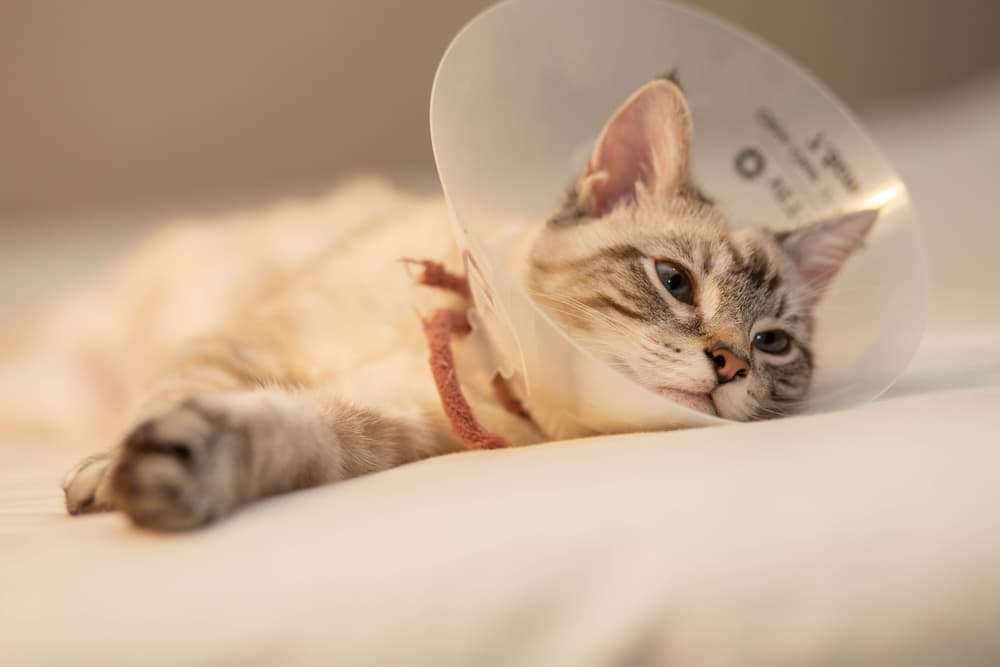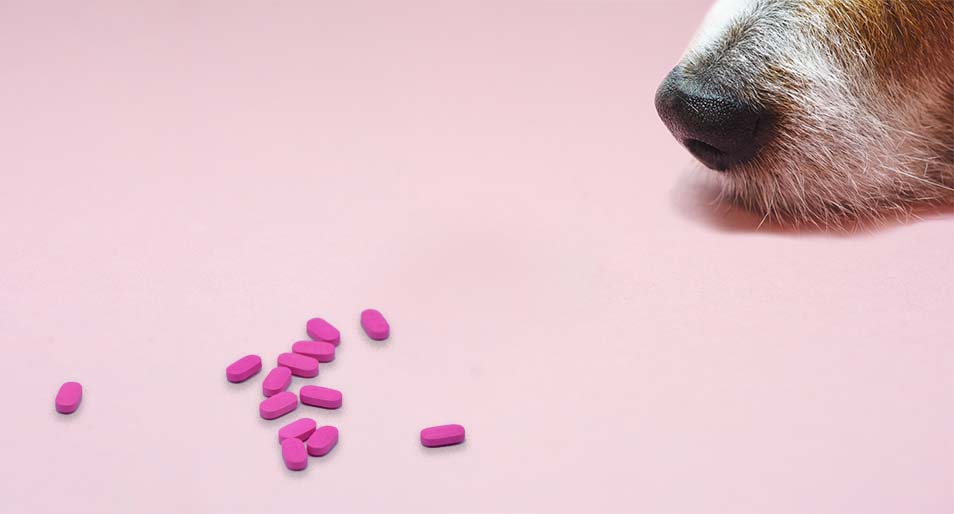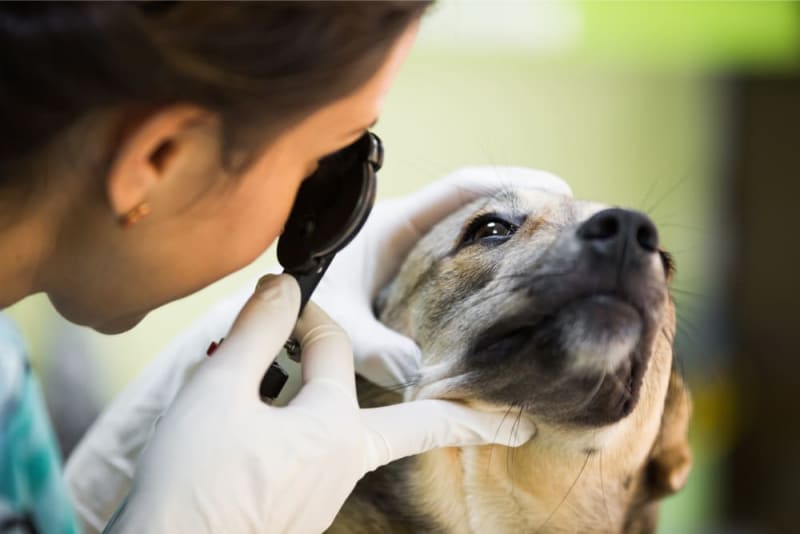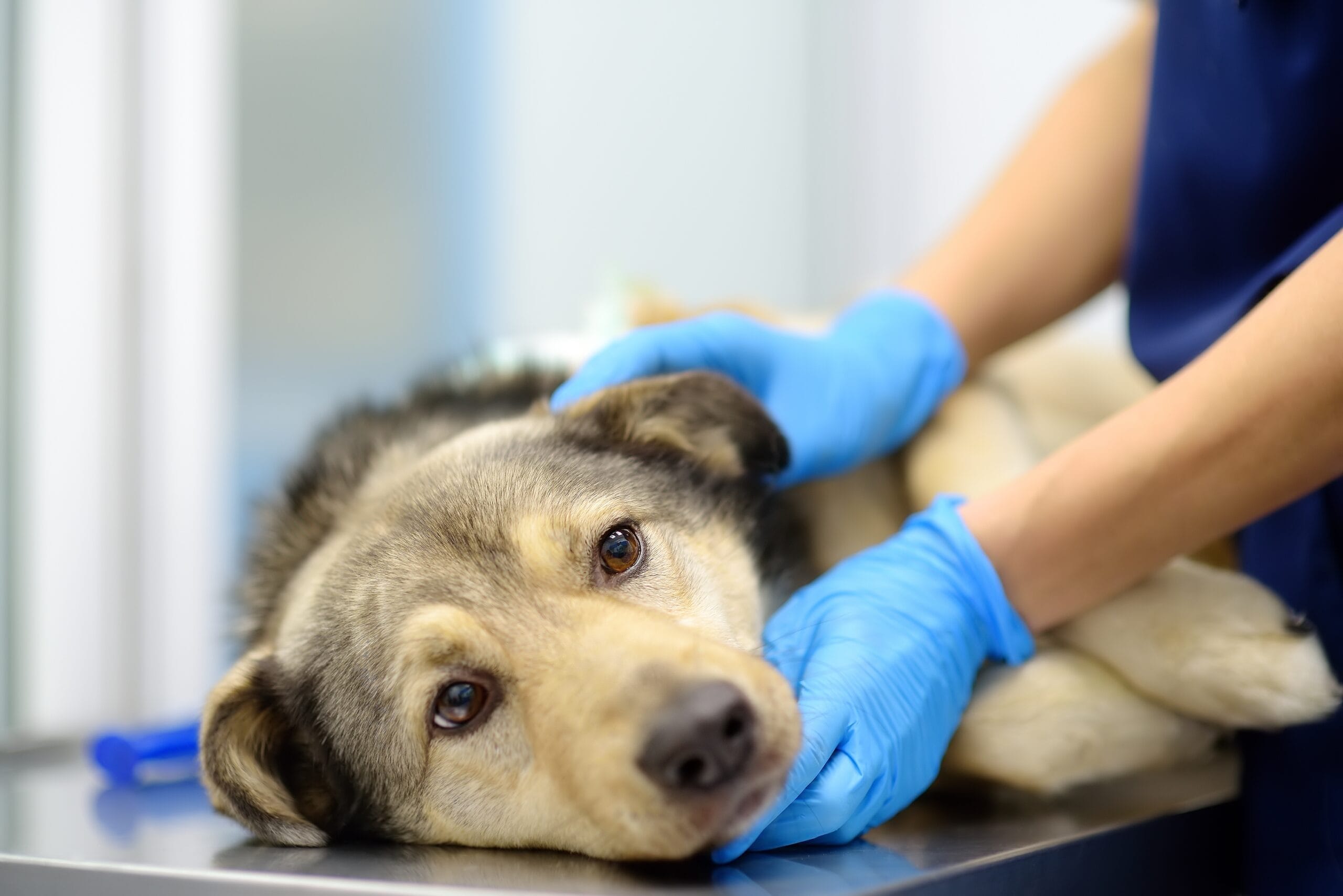Congratulations on bringing your kitten home after the spay surgery! You have done a wonderful service to her health and comfort in the future. As you see her rest, you may find yourself wondering if she is in any pain, or how you know what is normal for her. All of your questions are reasonable, common ones. While spaying is a surgical procedure, a typical procedure, and is done safely, it is still surgery. Your kitten may feel some discomfort during the healing process, and knowing the differences between normal and red flags will allow you to start troubleshooting should anything go awry.
Let’s review pain, comfort, and when to contact your veterinarian in easy-to-understand language.
Signs Commonly Associated with Pain After Spaying a Kitten
Every individual feline will have a slight difference in how they respond to surgery, but here are some common signs to watch for.
1. She’s Moving Differently or Acting Stiff
If your kitten is hunched, tense, or avoiding jumping and playing, she may be sore around the incision area. Research shows that the hunched position with reduced movement has been shown as the best indicator of pain signs in cats after being spayed.
2. She’s Meowing or Crying More than Usual
A few soft meows are typical, especially once the anesthesia starts to wear off. But if your kitten is crying, yowling, or being overly vocal after the first 24 hours, it may be an indication that she is hurting or anxious.
3. She’s Not Eating or Drinking
While most kittens won’t have a huge appetite right after surgery, if she has not eaten or taken a sip of water within 24 hours of her surgery, that can also be a sign she is hurting or has nausea. Dehydration can become dangerous in small kittens quickly, so if she is refusing food or water, you should call your veterinarian to discuss.
4. She’s Lethargic or Not Herself
While kittens will certainly sleep after surgery, they should perk up a bit after a day or two. If she is still listless, weak, or hiding after 48–72 hours, that is a clue that she may not be comfortable or she could have a complication.
5. Her Incision Looks Red, Swollen, or Leaking
A little redness can be expected in the early stages, but swelling, pus, or bleeding that increases is certainly concerning. One study found that about 7.4% of spayed cats eventually had an infection of the wound, 11.1% had dehiscence of the sutures, and 14.8% had oozing.
6. She’s Licking or Biting the Incision
Occasional sniffing is acceptable, but persistent licking or chewing may be a sign of irritation – or lead to further issues. You will want to utilize an e-collar or a soft recovery suit if she is persistent.
7. You Observe Severe Signs, Such as Pale Gums, or Fast Breathing
If your kitten’s gums are pale or white in color, she is breathing rapidly, or is lethargic, this signals possible internal bleeding or shock. While these are rare emergencies – 0.12% of spayed cats experienced surgical bleeding within one study – they do happen.
How Common Are Complications After Spay Surgery?
Now the reassuring part: in general, most kittens recover well.
- In one review, rates of complication post-operatively were between 1% and 24%, and only serious complications were 1%-4%.
- In yet another study, up to and including 75% of surgeries had no complications.
- In a cat-specific study, 62.96% of cats had no postoperative complications.
- The mortality risk is very low within 24 hours post-surgery – around 0.03%.
While complications can happen, they thankfully are rare, and your attention and care can help if something goes wrong after your kitten has surgery.
How to Assist Your Kitten’s Holistic Recovery
Here’s how to ensure that the recovery goes as smoothly and stress-free as possible:
Obey your vet’s recommendations. Reduce issues by only using prescribed pain medication – never human pain meds; those are toxic for cats.
Make a cozy recovery place. Keep her in a comfy, warm, quiet place so she can lie down and rest without jumping or climbing.
Encourage gentle eating and drinking. Give her meals that are small in size, soft, and access to fresh water.
Check the incision every day. Make sure there is no redness, swelling, or any discharge from the incision site.
Prevent her from licking. If your kitten keeps fussing at her stitches, put an e-collar or soft recovery shirt on her.
Know when to call the vet. If there is any bleeding, strong odor, excessive swelling, or signs of pain, it is time to get professional care.
Conclusion
Spaying your kitten is a loving choice. Not only will it prevent unwanted litters, but it can also help her live a longer and healthier life. The surgery is generally safe, and kittens often recover quickly. However, being observant, gentle, and proactive during her healing process makes a difference.
Again, if you are ever unsure, please call your vet! They’d much rather hear from a cautious pet parent than see a distressed kitten later.
FAQs
How long will my kitten be sore after her spay?
Most kittens bounce back. You may observe slight discomfort or less activity for 2-3 days. If she’s not improved by day three or appears to be getting worse, that is the time to schedule a vet visit.
Is it typical for her to lick the incision?
A little bit of curiosity is ok, but licking or biting is not ok if it is constant. This is causing discomfort for her, and it can also open the incision. Put a cone or recovery suit on if needed.
Can I give her human pain meds?
Absolutely not. Cats don’t process many human medications; drugs such as Ibuprofen, Tylenol, or aspirin can be lethal. Just give her what your veterinarian prescribes.
How often do spay surgeries have complications?
Not all that often. Depending on the study, anywhere from 1% to 24% of surgeries have any complications, the majority being mild. Serious complications, such as internal bleeding, are less than 0.2%.
When should I call the animal ER?
Go immediately if you see:
- Heavy bleeding and/or stitches that are missing
- Pale gums/collapsed/rapid breathing
- Not eating or drinking for an excess of 24 hours
- Extreme lethargy or consistent crying
- A foul-smelling or pus-like discharge
Trust your instincts-maybe something is wrong if something feels wrong.









